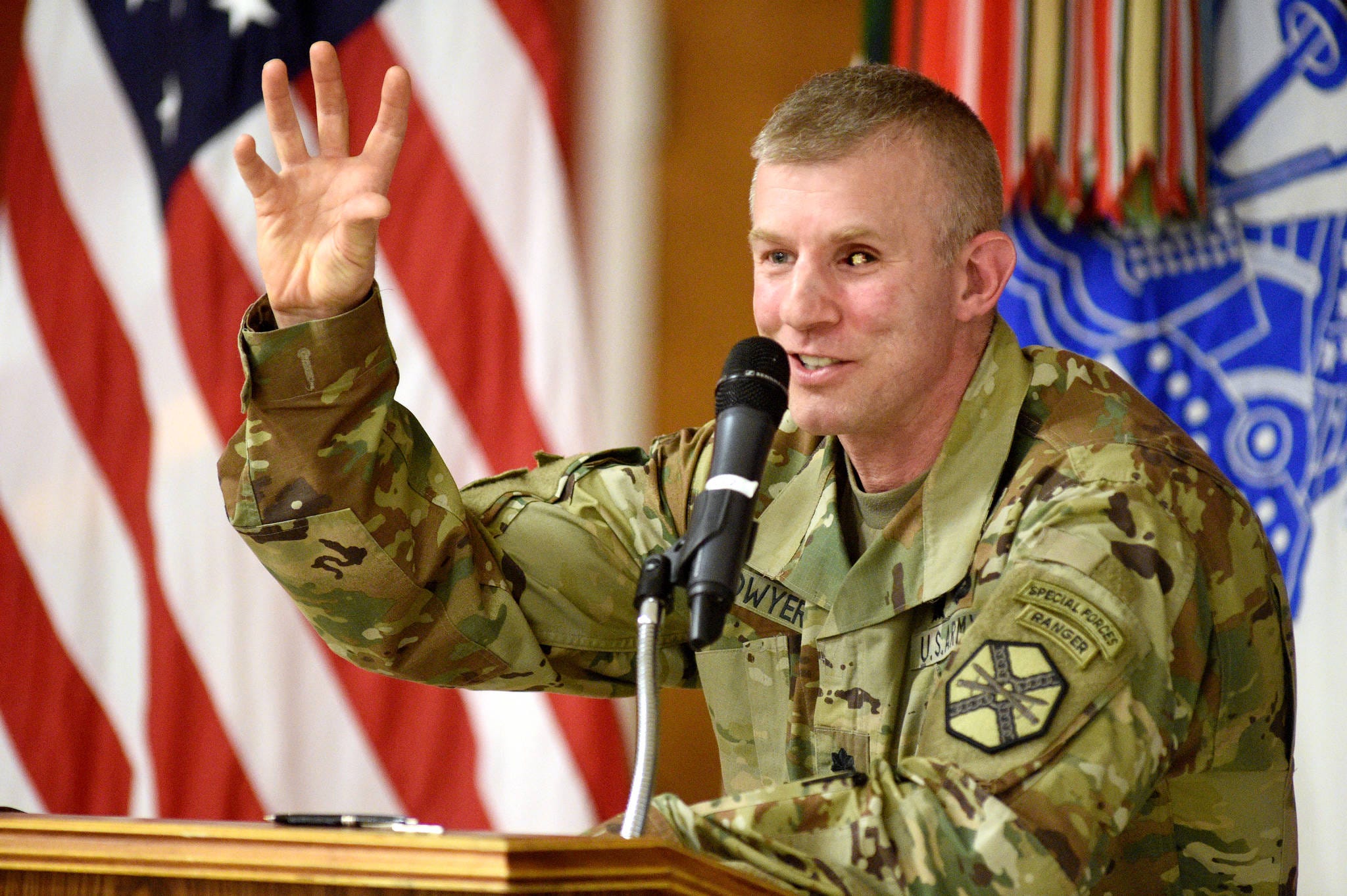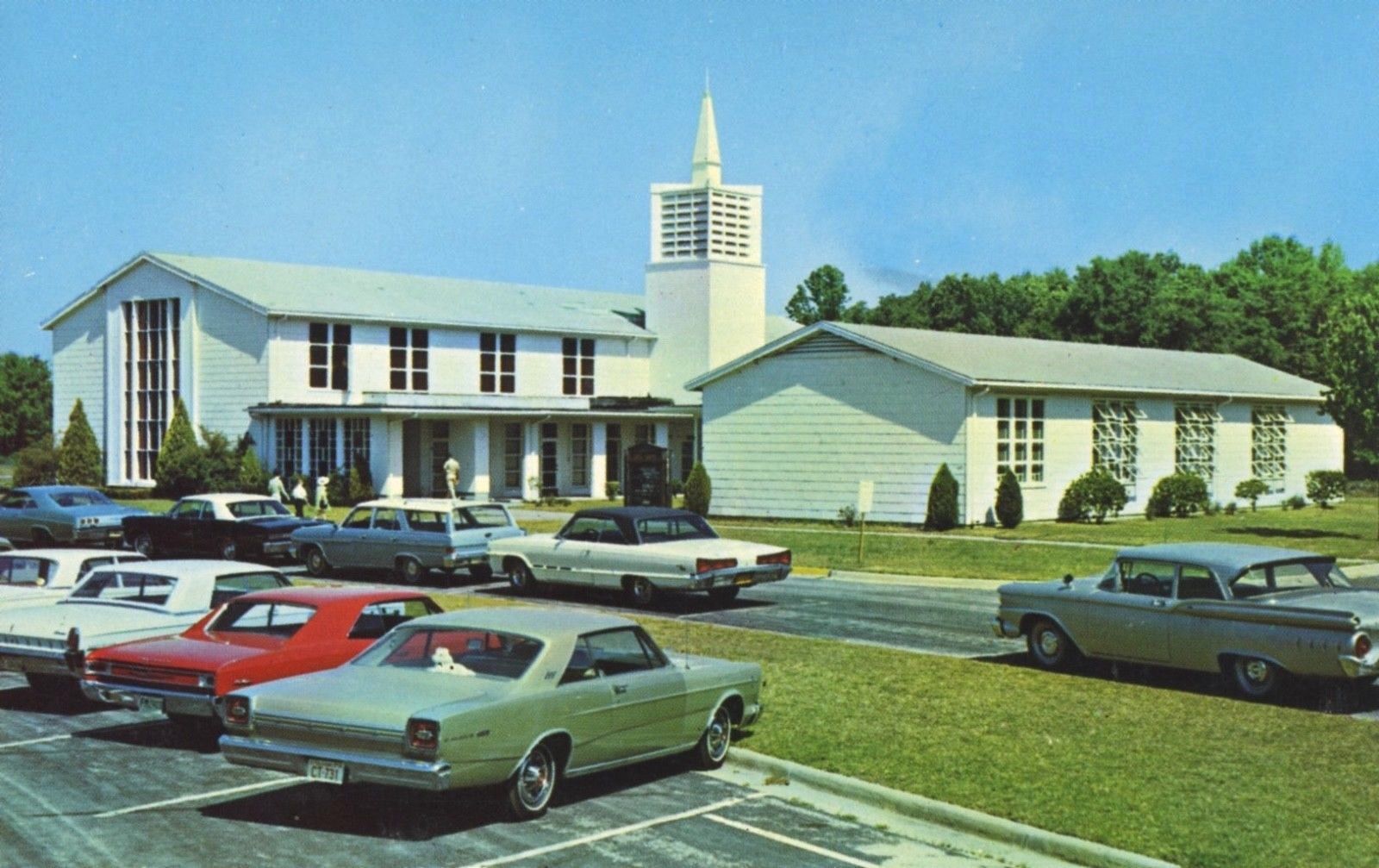Hunter Army Airfield Ga - HUNTER AIRFIELD, Ga. — The 1920s marked the real beginning of civil aviation in the United States. In 1930, nearly 1,700 civilian airports were established in the country. In 1927, the city of Savannah purchased 900 acres of woodland, pasture and marsh three miles south of the city limits for Savannah's first airport, later known as Hunter Field.
Over the course of three years, using mostly gang labor, Chatham County demolished the area, leveled the field with 400,000 cubic yards of sand, and planted Bermuda grass. The landing zone was 4,500 feet long and 3,500 feet wide. The plane can take off and land in any direction. The original airfield was located approximately in the parking lot of what is now Hunter Airfield.
Hunter Army Airfield Ga

The city officially named the airport "Hunter Field" on May 19, 1940, the same year the United States began to rearm in preparation for war. The government increased funding for new equipment and bases and introduced a peace project. The Air Corps needed new air bases to accommodate its growth, and in August 1940 it chose Hunter Field as its light bomber training base.
Hunter Army Airfield Has A New Garrison Commander
In two months, the Air Corps moved 3,000 personnel from the 3rd and 27th Bomb Groups and 100 A-18 trainers, A-20 light bombers, and B-18 medium bombers to the new base, sharing the airfield with a civilian airport.
The 3rd and 27th Bomb Groups trained at Hunter Field from 1940 to 1941, participating in large-scale maneuvers in the Carolinas. On December 7, 1941, the Japanese bombed Pearl Harbor. All Hunter Field passes were immediately canceled and airmen were required to wear uniform at all times due to the US being at war with Japan and Germany.
From 1941 to 1943, the base grew to a population of 10,000, expanding its boundaries from 900 to nearly 3,000 acres. It expanded runway capacity, built aircraft aprons, and trained ground support squadrons, bomber groups, and fighter groups.
After 1945, Hunterfield returned to Savannah Municipal Airport. The airport only used a small portion of Hunterfield Township, the remainder leased by the Federal Public Housing Authority to various public and private companies.
Th Anniversary Of Hunter Army Airfield: The History Of Hunter Army Airfield
In the late 1940s, the Soviet Union, a former World War II ally, proved to be an implacable enemy of Western capitalism and democracy. In 1947, President Truman signed the National Security Act, reorganizing the US defense and intelligence agencies and making the Air Force completely independent and the most important branch of the service because of its role in the deployment of atomic bombs.
In 1948, the US nuclear arsenal contained fewer than 60 atomic bombs, stored in four "Q Areas" controlled by the Civilian Atomic Energy Commission. In 1950, the SAC consisted of 14 bomb wings that flew primarily B-29 and B-50 propeller-powered medium bombers or huge B-36 piston-towed heavy bombers. As part of SAC's southern strategy, in 1949 SAC stationed the 2nd Bomb Wing and its B-50 bombers at a World War II air base that had been built a few miles west of Savannah.
However, Chatham Field lacked adequate barracks and operations facilities and proved unsatisfactory. To keep SAC in the Savannah area, the city offered to trade Hunter Field for Chatham Field.

In September 1950, a change took place. Hunter Field became Hunter Air Force Base, while Chatham Field became Savannah Municipal Airport, now known as Savannah/Hilton Head International Airport.
Hunter Aaf Homes
When SAC arrived at Hunter AFB in 1950, they found an airfield abandoned from World War II. Buildings creaked with rotted sides and broken windows, while asphalt roads were rutted and rutted, and grass grew on the aprons of airplane parking lots. A land conflict in Asia soon accelerated the pace of base construction and development.
In January 1951, SAC envisioned a second bomb wing at Hunter AFB and in 1950-1951 spent over $5.6 million on the base in 2016, primarily to repair World War II buildings, roads, and runways and to expand the base to its present western limits. Little Ogeechee River and east to White Bluff Road. Hunter AFB received $24.5 million from Congress and spent $2.5 million to build the facility's runway.
In the mid-1950s, SAC began to base its bomber wings in the northern part of the country, closer to the Soviet Union, flying over the Arctic Circle and away from densely populated areas. In 1955, the first B-52 heavy bombers entered service with greater range and payload than the B-47, while the US fielded ICBMs in 1959. The development of the ICBMs and the B-52 eliminated the need for the B-52. -47. base in the southeast. Hunter AFB is deprecated.
In 1960, SAC moved the 30th from Hunter AFB and announced the historic transfer of the base to the Material Air Transport Service, another Air Force command.
Hunter Army Airfield Soldier Dies In Syria
In October 1962, six months before SAC was scheduled to leave Hunter AFB, the Soviets began deploying intermediate-range nuclear missiles in Cuba. The US imposed a naval blockade on missile shipments and demanded that the missiles be removed.
Hunter AFB's 2nd Bomb Wing already had 17 B-47 Reflexes on alert overseas, and 13 more bombers were deployed to Shaw and Charleston AFB in South Carolina, all in full Contingency Warfare Command configuration, loaded with weapons. nuclear weapons and jet-launched missiles. to take.
From 20 October 1962, the facility housed all B-47s of the 306th Bomb Wing. On 22 October, SAC placed its fleet on DEFCON 3, raising the readiness and alert level above normal. On October 24, all of Hunter AFB's aircraft, 60 B-47 bombers with a full nuclear load, sat silently in the aircraft parking lot and warning area of the "Christmas Tree" yard, waiting for the balloon to fall. Other SAC bases in the United States and abroad were on high alert.

Overhead, a B-52 flew in readiness. The Soviets backed off the precipice on October 29, 1962, withdrawing their missiles from Cuba, while President John F. Kennedy secretly agreed to withdraw American missiles from Turkey.
Milcon: Fort Stewart, Hunter Army Airfield Expanding
Six months after the end of the Cuban Missile Crisis, all SAC aircraft left Hunter AFB. In April 1963, SAC transferred Hunter AFB to the MATS 63rd Troop Carrier Wing, which deployed 60 C-124 cargo planes and 4,300 personnel.
In 1964, the Department of Defense announced the closure of Hunter AFB. Built as a SAC base, Hunter AFB lacked the necessary facilities to support transport missions.
The late 1950s and early 1960s saw the development of troop transport helicopters, combat helicopters for close air support, and tactical doctrines for airlift warfare.
These efforts paid off in a tactical sense when the United States entered the Vietnam War. In 1965, US combat troops were sent to bolster South Vietnam's unstable authoritarian regime against an insurgency sponsored by communist North Vietnam. The helicopter became the essence of the tactical effort, essential in jungle terrain for airlift, fire support, medical evacuation and supply.
Changes Underway At Fort Stewart, Hunter Army Airfield Following 'housing Crisis' For Military Members
The need for more helicopter pilots led to an expansion of the aviation program that saved Hunter AFB as a military base. In December 1966, the DoD announced that Hunter Airfield and Fort Stewart would be the new official home of the Advanced Flight Training Center. The massive airfield apron, built by SAC for jet bombers, offered more than enough space for helicopter training operations.
Hunter became one of the main helicopter training sites during the Vietnam War. Between 1967 and 1972, Hunter and Fort Stewart trained 11,000 rotary-wing pilots and 4,328 fixed-wing pilots, including 1,400 South Vietnamese airmen. In the early 1970s, the United States withdrew all combat troops from Vietnam, and in 1972, the Hunter.
Hunter reopened in 1974 and designated it as an outpost of Fort Stewart and a base for helicopters and support elements for the 24th Infantry Division, including the 1st Ranger Battalion. By the late 1970s, Hunter had become the main US rapid deployment center on the East Coast, thanks in large part to facilities left behind by the Air Force, including a runway, parking lot, and the former SAC warning area. . called "Saber Hall".

Special Forces troops and 24th Division elements could be deployed almost anywhere in the world as quickly as possible, making it a powerful offensive asset during the Cold War.
Hunter Army Airfield Garrison Commander, Lt. Col. Kenneth Dwyer, Shares His Own War Stories With Veterans Oct. 13 Before A Ceremony At Hunter Army Airfield, Ga. World War Ii, Korea And Vietnam
From 1990 to 1991, the 24th Infantry Division (Mechanized) participated in operations Desert Shield and Desert Storm, participating in the liberation of Kuwait and the destruction of much of Saddam Hussein's Iraqis. A few missions in the 1990s saw Desert Storm clear, with several humanitarian and peacekeeping missions in countries as diverse as Haiti, Somalia and the former Yugoslavia. In 1996, the 24th Infantry Division (Mechanized) was redesignated as the 3rd Infantry Division "Rock of the Marne".
Hunter remains an important deployment and support base and other joint services because of its existing airfield facilities and location adjacent to Fort Stewart and the east coast ports of Savannah and Charleston. In January 2003, soldiers from the 3rd ID (Mechanized) were the first US unit to enter Baghdad during the invasion in Operation Iraqi Freedom. whole division implanted
Hunter army airfield jobs, hunter army airfield hotels, hunter army airfield daycare, hunter army airfield directory, hunter army airfield exchange, hunter army airfield lodging, hunter army airfield reviews, hunter army airfield, hunter army airfield mwr, jag hunter army airfield, hunter army airfield housing, ihg hunter army airfield
0 Comments